Section Styles spotlight-header
I am a
Neuroimaging Scientist
Melanie Morrison, PhD
Presented by Superhuman Body + IF/THENnew technologies are making more personalized medicine possible.
As a Neuroimaging Scientist, I use powerful brain scanners to help develop treatments for brain-related diseases.
MY WORK SETTING
Indoor vs. Outdoor
My job is pretty indoors-focused, as we work with computers and large equipment.
People vs. Alone
It’s a mix between working with collaborators and spending solo time analyzing and writing.
Creative vs. Defined
I spend a lot of time being creative via problem solving and thinking about new research ideas and directions, but it remains defined within the scientific method formula.
-
I do research to help doctors improve a type of brain surgery called deep brain stimulation (DBS). DBS sends tiny electrical signals into the brain to help treat conditions like Parkinson’s disease, which affects movement and muscle control.
My work focuses on using detailed brain scans, using a technology called MRI (Magnetic Resonance Imaging), to help doctors figure out which patients are good candidates for the surgery, and to make the treatment as safe and effective as possible.
-
Before the surgery, we take detailed pictures of the patient’s brain using MRI. These images show us the brain’s health and help predict whether the patient will benefit from deep brain stimulation (DBS). The images also help the brain surgeons see their surgical targets better. What makes this work really exciting is that my team and I are directly helping patients and we’re allowing doctors to make better use of MRI in the operating room and also in the clinic. MRI machines are giant magnets, so they usually can’t be used near metal surgical tools. To solve this, at UCSF we’ve designed a MRI-safe surgery room—everything from anesthesia carts to instruments—that won’t interfere with the machine. In some surgeries, we position the patient’s head inside the MRI scanner, allowing us to collect real-time images while the surgery is happening. During DBS surgery, these live images are crucial. They help us find tiny, iron-rich areas in the brain—structures that are just a few millimeters wide and are key to treating Parkinson’s disease. The MRI guides the surgical team to place the electrodes (the tiny wires that deliver electrical signals) exactly where they need to go. Having this level of precision makes the surgery safer and increases the chances of better outcomes for the patient.
-
DBS has the potential to change lives, especially for people with Parkinson’s disease and other brain conditions. But not every treatment works the same for every person—what helps one patient might not work for someone else. My research helps doctors create more personalized care plans, ensuring that each patient gets the treatment that’s right for their brain.
By developing better tools to both refine surgeries and match patients to the most effective treatments, we can improve outcomes and make sure the right people benefit from DBS. As technology advances, it’s more important than ever to build systems that guide doctors in choosing the best care options for each unique person. As we continue to improve, DBS could help even more people—beyond Parkinson’s—find relief from mental health challenges and other conditions, giving them the chance to live healthier, fuller lives.
My work needsEssential Skills:
ENTHUSIASM
What I do requires me to network effectively, inspire others, and maintain the drive to tackle complex, multidisciplinary research problems. Being enthusiastic about that work opens doors.
PROGRAMMING
This is an essential skill used to process and analyze complex MRI data, develop predictive algorithms and tools, and collaborate with engineers working on the medical devices and technologies used in my research.
COLLABORATION
Much of my research is interdisciplinary, meaning I need to work with people across different fields and specialties. Collaboration is a key component of doing that successfully.
BUDGETING
Part of my job is basically a financial analyst. I have to be able to effectively manage money and make decisions about how to spend my grant funding to ensure we can support the research project.
DAYS IN THE LIFE
Days in the Life
Come along and explore what three days at my job might look like!
How I Work
Check out what my place of work looks like on an average day.
This is what my workspace looks like!
Magnetic Resonance Imaging (MRI) machine. This is the tool at the core of my work. I use this machine to help neurosurgeons map brains for (and during!) surgery.
Brain Scans. When a patient is in the MRI machine, the data gets turned into images of their brain that we can see on our computers.
Stuffed Animal. You never know when you’ll need a pop of fuzzy cuteness in your day.
Boba. My students are turning me into a boba fanatic. Bubble tea is our jam!
Table Lamp. I am sort of notorious for working in the dark with only a small table lamp. I love mood lighting!!

Did you know...They might look the same on the surface, but your brain is just as unique as your fingerprint.
Genetics, life experiences, and your environment can all influence the way your specific brain develops. Even the connections between neurons—tiny cells that transmit information in your brain—are organized slightly differently in each person, leading to differences in how we all think, learn, and remember. Because of neuroplasticity—the brain’s ability to change and adapt over time—your brain is constantly evolving based on the things you experience and learn. No two brains are exactly the same.
But what does this mean for medicine? It means that your brain may respond to treatments differently than someone else’s. Take obsessive-compulsive disorder (OCD) as an example. A common stereotype is that people with OCD wash their hands excessively because they’re afraid of germs. But in reality, the way OCD shows up can look different for every person. One person may struggle with fears about safety, while another might experience intrusive thoughts or the need for things to feel "just right."
For a long time, medicine treated everyone with the same diagnosis the same way. But now, research shows just how important it is to develop personalized care plans that fit each person’s unique brain. As we learn more about how individual brains function, we can match patients with the treatments that will work best for them, leading to better outcomes and healthier lives.
Rewarding
These are the parts of my job I find particularly rewarding.
Developing new methods in an emerging field with lots of uncertainties.
Mentoring and training students with different backgrounds and skill sets to help them develop their passion for science.
Challenging
These are the parts of my job I find particularly challenging.
But everyone is different! Drag the circles to place them where you rate them.
Securing grant funding for cutting-edge projects that may require extra scrutiny.
Pursuing equitable access to advanced therapies like deep brain stimulation, which can be very expensive and out of reach for many patients.
Section Styles movable
These are the people I work with:
Clinicians
The list of medical collaborators I work with is long, including neurosurgeons, neurologists, psychiatrists, neuropsychologists, radiology technologists, graduate and medical students. Each plays a critical role in the patient treatment process.
Patients
They are arguably top of the list because everything I do is aimed at improving outcomes for their treatment options.
Caregivers
They are also critically important in the day-to-day monitoring to help us make the best choices for a patient’s care.
WHAT’S NEXT?
What’s next for my field of work?The future of medicine could include technology that uses artificial intelligence and medical devices that can alter brain states.
Future treatments could be constantly tuning to our unique brain patterns.
Brain-computer interfaces (BCIs) are tiny medical devices that connect the brain directly to computers. Combined with artificial intelligence and biology research, they’re opening up a whole new world of treatments for disease and mental health.
Imagine a device that gets implanted in your brain and understands your specific structure, patterns, and needs. It uses an algorithm to constantly monitor your brain’s activities, and releases whatever type of treatment (often called “neuromodulators”) that you need in the moment. It could be used for serious diseases, like improving movement in Parkinson’s disease, as well as provide dynamic new therapies for mental health conditions such as depression and anxiety.
As technology and medicine continue to intersect, the possibilities for improving human health are just beginning to unfold.
Looking for teacher resources?
PHOTOGRAPHER: Zinah Abraha • Illustrator: Erik Suswanto© 2024 THE PLENARY, CO. ALL RIGHTS RESERVED. TERMS. PRIVACY.This is a brand new site! See an issue? Let us know.














